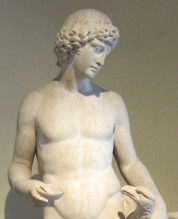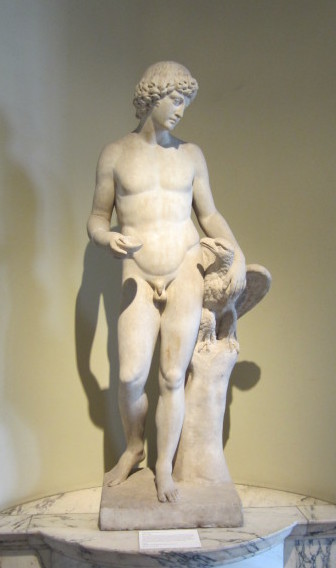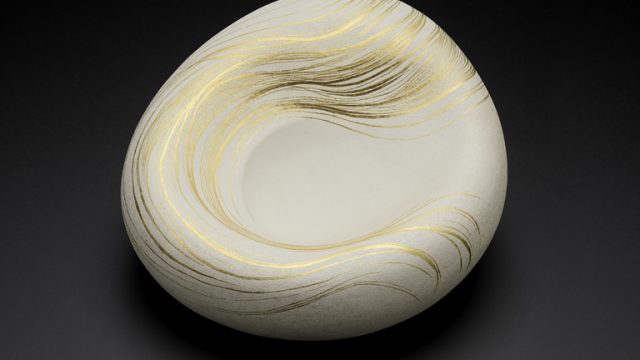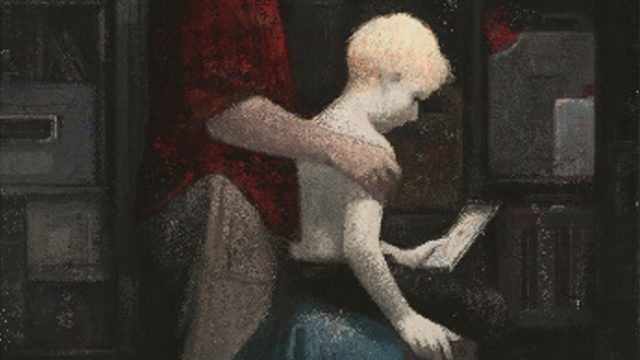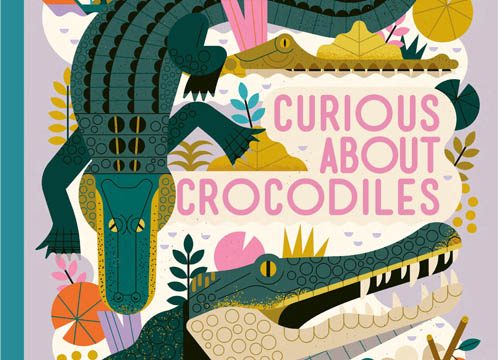Ganymede
Guillame Cousteau
France, marble, c.1760
A.15-1964
On display in room 61
The Trojan prince Ganymede was supposedly the most beautiful of all mortals. According to Ovid’s Metamorphoses, the god Zeus desired Ganymede and sent an eagle (or disguised himself as one) to bear the youth to Mount Olympus. There, Ganymede was appointed cup-bearer to the gods, rendered immortal and eternally youthful.
The Ganymede myth was an important homoerotic symbol in ancient art. From his Roman name, Catamitus, derives the term ‘catamite’; referring to the younger or passive companion in male relationships.
During the Renaissance, artists focused on the Platonic interpretation of the myth, as an allegory of spiritual ascent. By the time this sculpture was produced, Ganymede had been heterosexualised as a playful erotic symbol in Rococo art. Here, he holds the cup that symbolises his role and places his arm affectionately around an eagle. Compared with earlier representations, this eagle is small, reversing the power dynamic in Ganymede’s relationship to Zeus.
